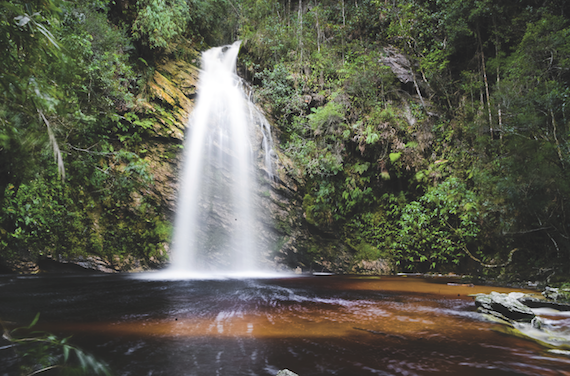“We do expect the Olympics to be significantly bigger than the World Cup, especially in the US, where ‘consumption’ of the Olympics is extremely high,” says Luttmann.
Building a presence
Question marks, however, remain when it comes to just what – if anything – the two events will do for cachaça in its home market. Baumgartner reckons it’s “too soon” to say if the World Cup has helped slow the migration of younger, upwardly mobile consumers from cachaça to Western categories such as vodka and whisky.
Luttmann, meanwhile, doubts it has had any significant impact on local consumption habits. “It definitely helped us build local distribution throughout the country, but the World Cup impact really came from the foreign visitors,” he says.
In a microcosm, that’s the challenge currently facing the cachaça category: how to manage the delicate process of transitioning gradually into a more value than volume-focused category, simultaneously building a greater international presence while not missing the chance to attract a more premium-focused domestic consumer.
In the end, both strands of this strategy are linked, in that they require a greater number of professionally branded products whose liquid, packaging and marketing can meet the needs of the demanding modern consumer.
Up against marquee global brands both at home and abroad, it’s at once a tough task and a steep learning curve for cachaça producers. The Caipirinha has long been their chief marketing weapon of choice, but now the artisanal cachaças of Minas Gerais could be set to add a new level of sophistication to the mix.




